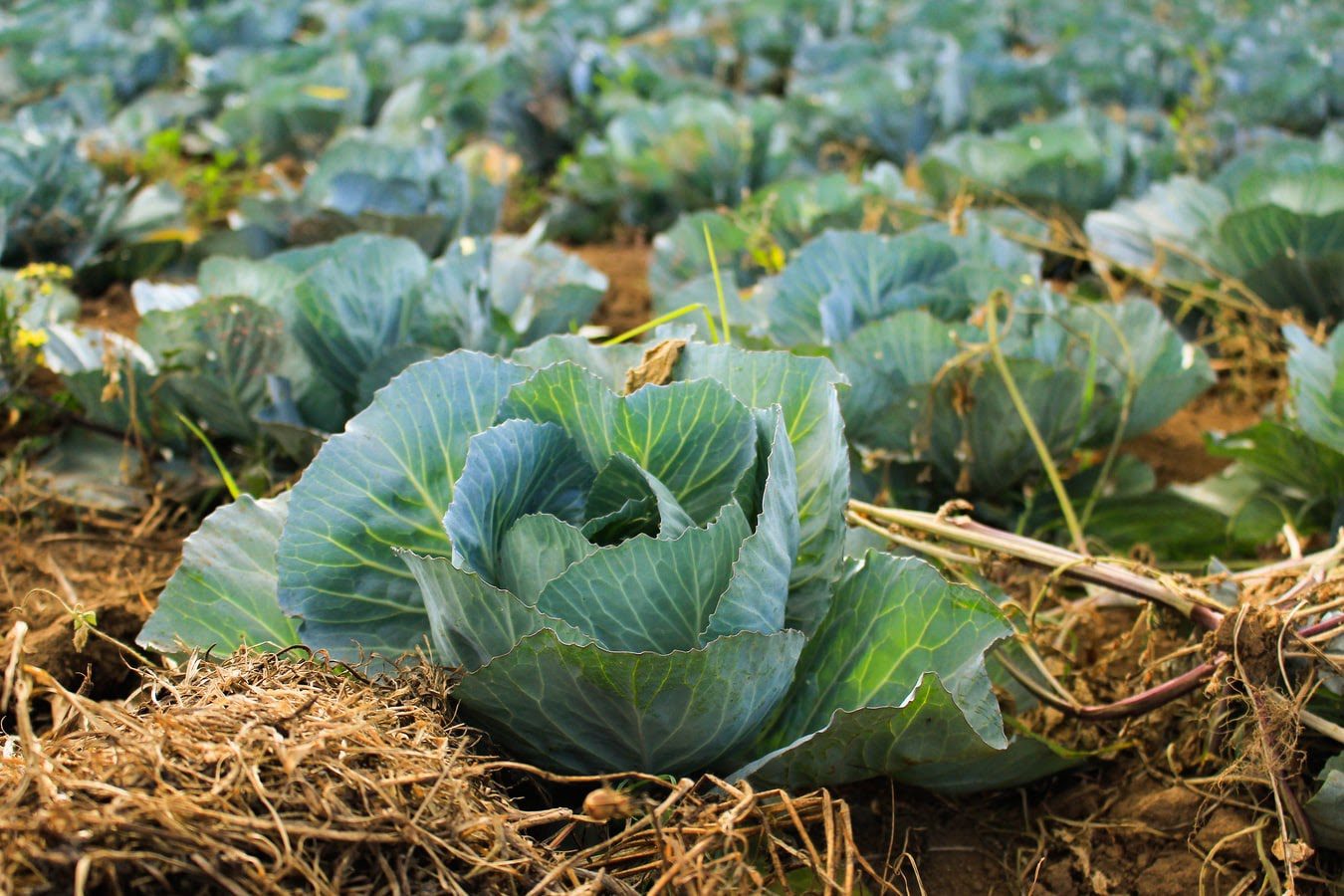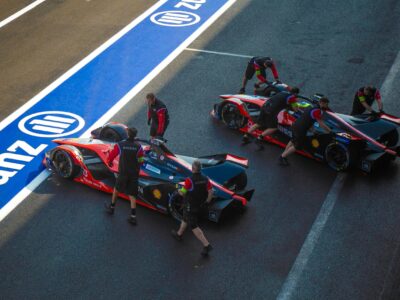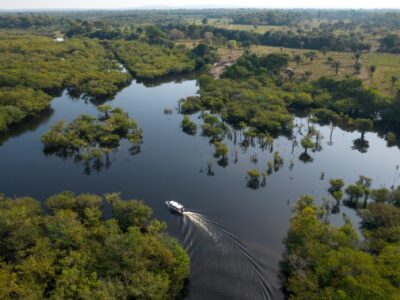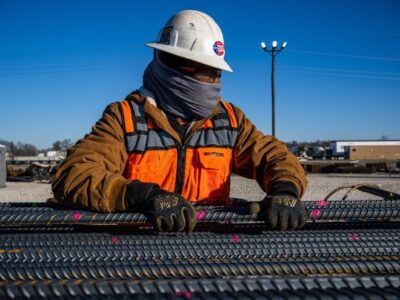Agricultural robots zaps weeds so you don’t have to – thanks to startup Hugo Green Solutions. This new agricultural automation is designed to assist farmers in their day-to-day tasks.
Hugo Green Solutions has developed a prototype of an agricultural robot that scurries across fields and zaps weeds and other pathogens with a laser to allow crops to grow properly. This would save farmers from having to work as hard while sweeping their fields, as the robot will use sensors to spot unwanted plants and eliminate them automatically. While there is still some fine-tuning to be done in the development process, the individuals at Hugo Green Solutions are well on their way to having a finished product ready to hit the shelves. The startup recently won an award as part of the “Polish Product of the Future” competition, in part due to the global need for innovative agricultural technology.
In contrast to JLI Robotics’ Grain Weevil robot, which is programmed to do dangerous grain bin cleaning tasks so farmers don’t have to, the Hugo Green Solutions agricultural robot works to speed up many of the less-lethal, but important tasks that farmers would otherwise do themselves, saving both time and physical stress on their joints. Any technology that streamlines the agricultural process and contributes to greater efficiency is in higher demand than ever before. This is primarily due to the two-pronged threat of a changing climate coupled with overpopulation, a combination that could have a devastating effect on the world’s food supply if we hesitate to act.
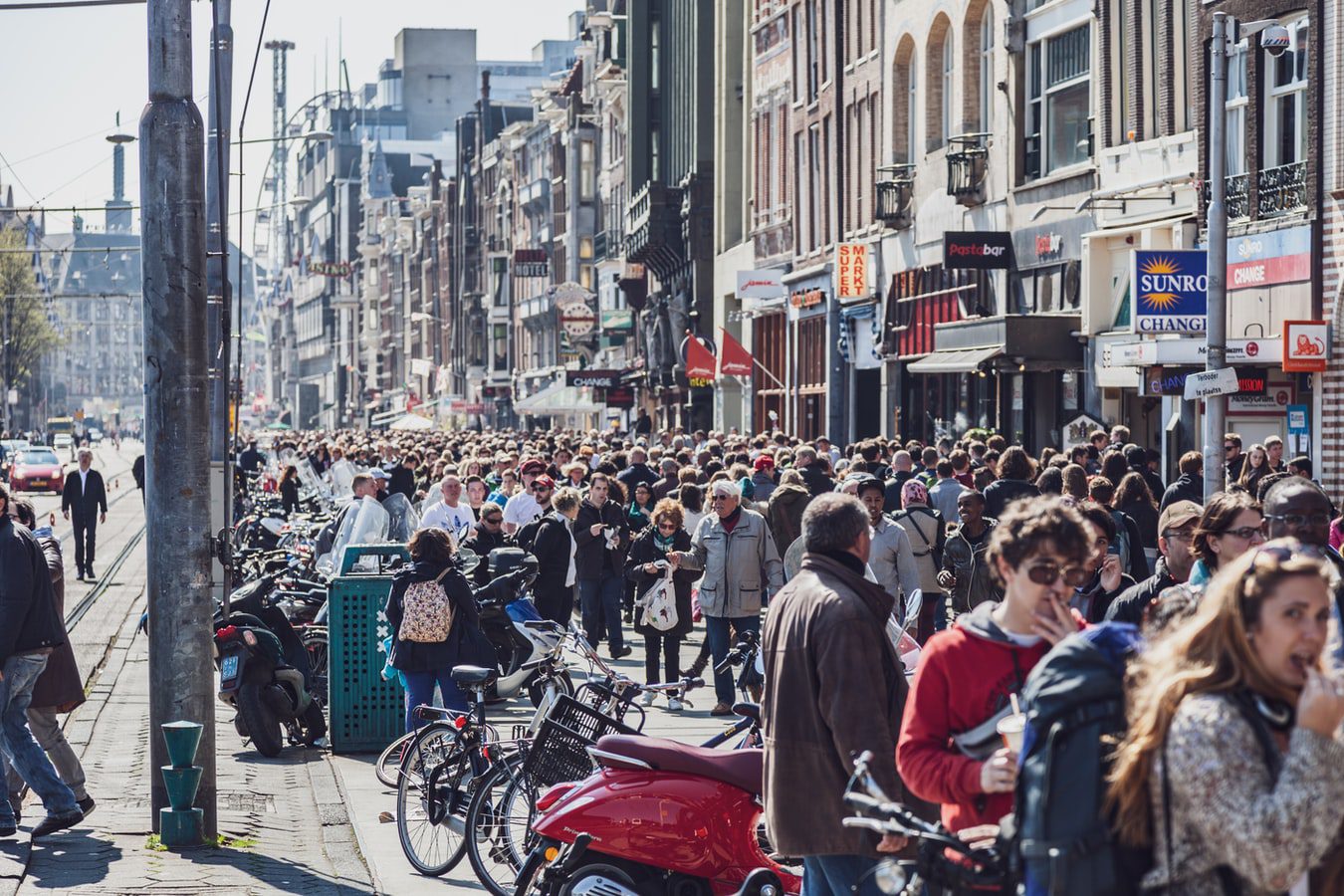
Not only will changes in temperature and increased instances of extreme weather threaten crop production, but a growing world population will bring with it an increased demand for food. The United Nations estimates that, in the next 30 years, the world’s population will grow by more than 2 billion people, up to nearly 10 billion from the current total of 7.7 billion. For the world to try to feed a population that is 25 percent larger, with a food supply that is under significant threat from environmental factors like wildfire and changing temperatures, is a bit like burning the candle at both ends. To prevent this from becoming reality, technologies and advancements like this and others are going to be necessary.
Simply named “Agricultural Robot”, Hugo’s invention is able to perform a variety of daily tasks in order to keep an agricultural operation running as smoothly as possible. Using a laser, the robot is able to stimulate the growth of a plant through irradiation, a process that would otherwise be addressed with chemicals that can be harmful to the environment. According to a representative from Hugo, the laser treatment function will minimize or even entirely put an end to the need for these supplemental chemicals. Beyond its laser, the robot comes equipped with multiple spectral sensors. These sensors allow the robot to analyze what is known as hyperspectral images taken of the crops, from which it then makes a determination as to whether that plant is showing signs of damage from any pathogens that may be present.
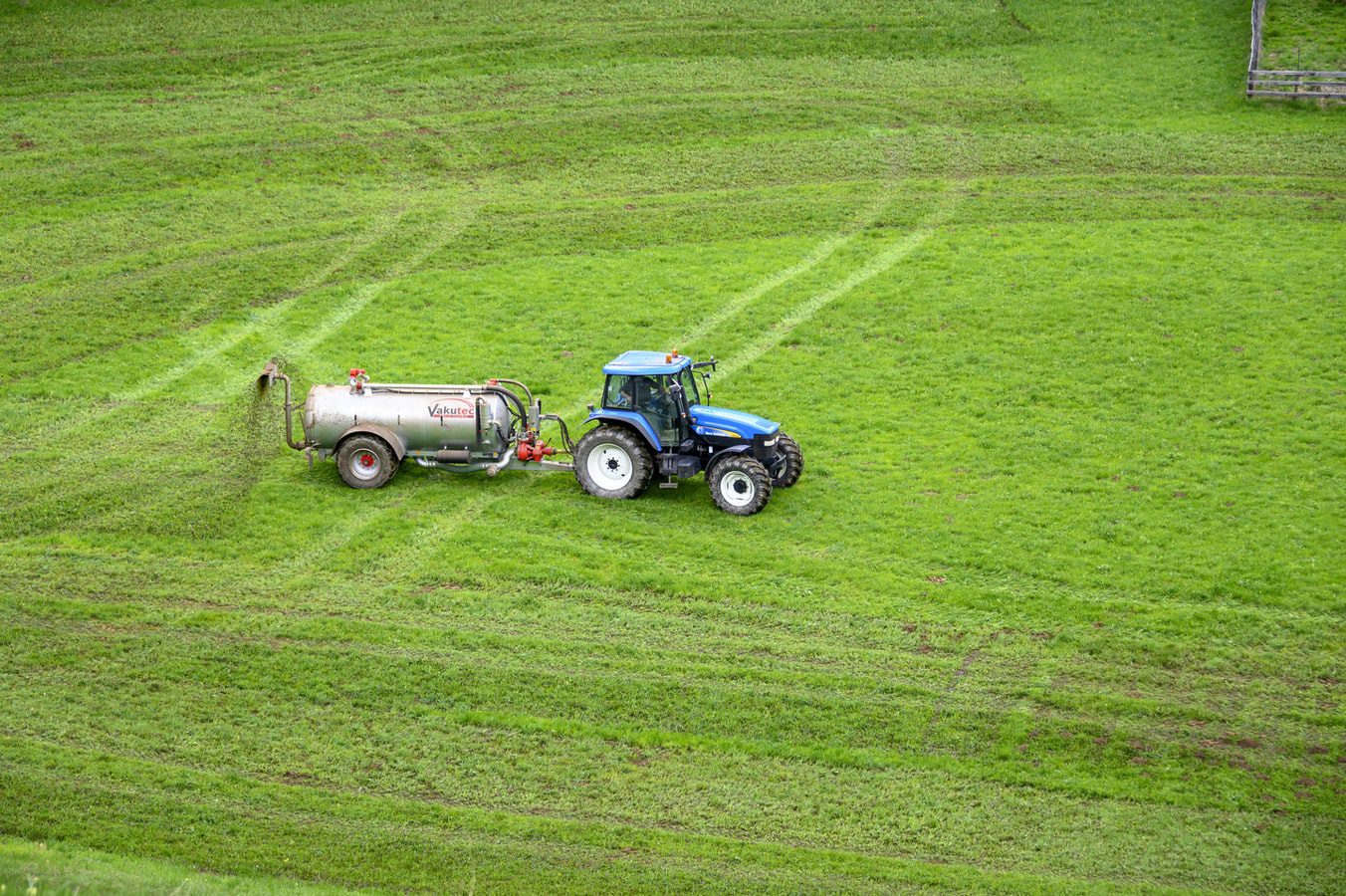
Innovation in automated farming technology is flourishing around the world. In addition to the Agricultural Robot from Poland, the Laser Center in Hanover, Germany has a futuristic hub that is at the forefront of research in how robots can revolutionize agriculture as we know it. There, scientists are working on a variety of projects, including NUBELA. Similar to Hugo’s Agricultural Robot, this program looks to develop a machine that is able to distinguish between weeds and crops, and independently uses short laser bursts to attack those weeds. While the weeds aren’t eliminated on the spot, their weakened state allows the legitimate crop to easily out-compete for resources within the soil. Both NUBELA and Hugo’s robot would reduce the need for harmful chemicals that currently perform this function, which is a huge win for the future of sustainable farming.

